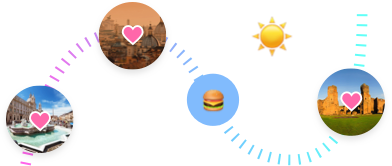



Coca is a sacred plant in countries like Peru and Bolivia, and it’s easy to see why. Chewing coca leaves or drinking coca tea can give you an energy boost and is traditionally believed to help prevent altitude sickness. It also has a number of traditional medicinal uses, including as an anesthetic and analgesic. If you’re traveling in Peru, you can freely try both forms of imbibing coca. It is, after all, completely legal. But if you might take a drug test when you get back home — as part of a job interview process or random workplace screening, for example. Chewing coca leaves and drinking coca tea can both result in a positive drug test for cocaine.
Coca tea (known in Peru as mate de coca) is the most common way of consuming coca, at least among tourists in Peru. It’s completely legal: many hotels freely supply coca tea bags, and trekking guides often prepare fresh coca tea by seeping the leaves in boiling water (an authentic mate de coca). Coca tea is an herbal tea made from the leaves of the coca plant. The coca leaf is cut and put in a tea bag and is used as a normal tisane: by dipping a coca tea bag in hot water. Mate de coca is a very popular tisane in Peru where it is consumed as a digestive tea and even to treat altitude sickness. (that’s why it is so popular among the mountaineers who climb the Andes).
Coca tea is a mild stimulant. The alkaloids found in coca leaves are the same used to ultimately produce cocaine. But you won’t feel much from drinking one, two or even three cups of coca tea — maybe a slight buzz, but nothing more than drinking the same amount of strong coffee. Traditional medical uses of coca are foremost as a stimulant to overcome fatigue, hunger, and thirst. It is considered particularly effective against altitude sickness. It also is used as an anaesthetic to alleviate the pain of headache and sores, etc. Before stronger anaesthetics were available, coca leaves were also used for broken bones, childbirth, and during trephining operations on the skull.
You won´t find coca tea in any store in another country apart from South America because its import is forbidden. In most countries, outside of South America, coca leaves are affected by the same laws as cocaine.